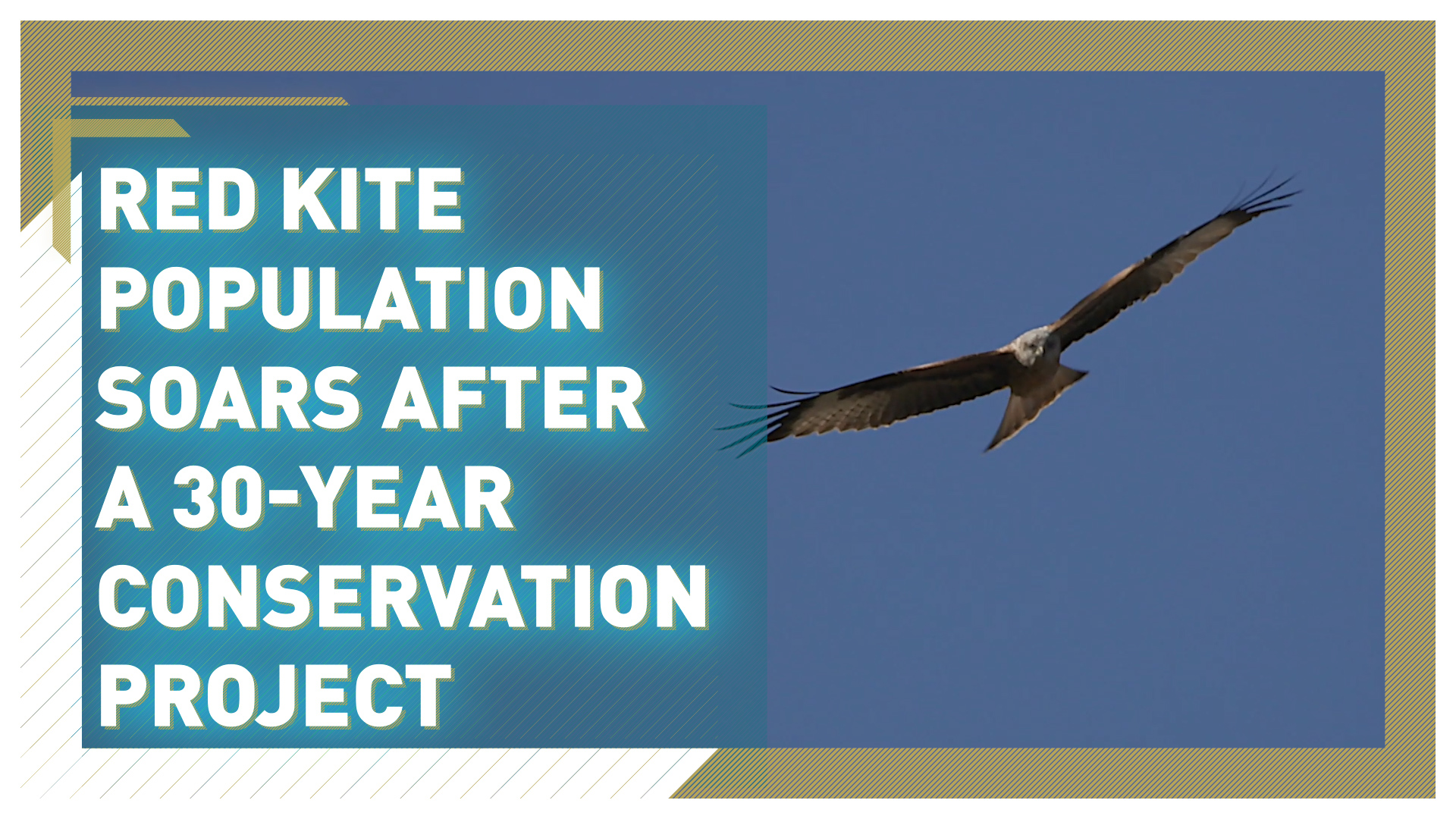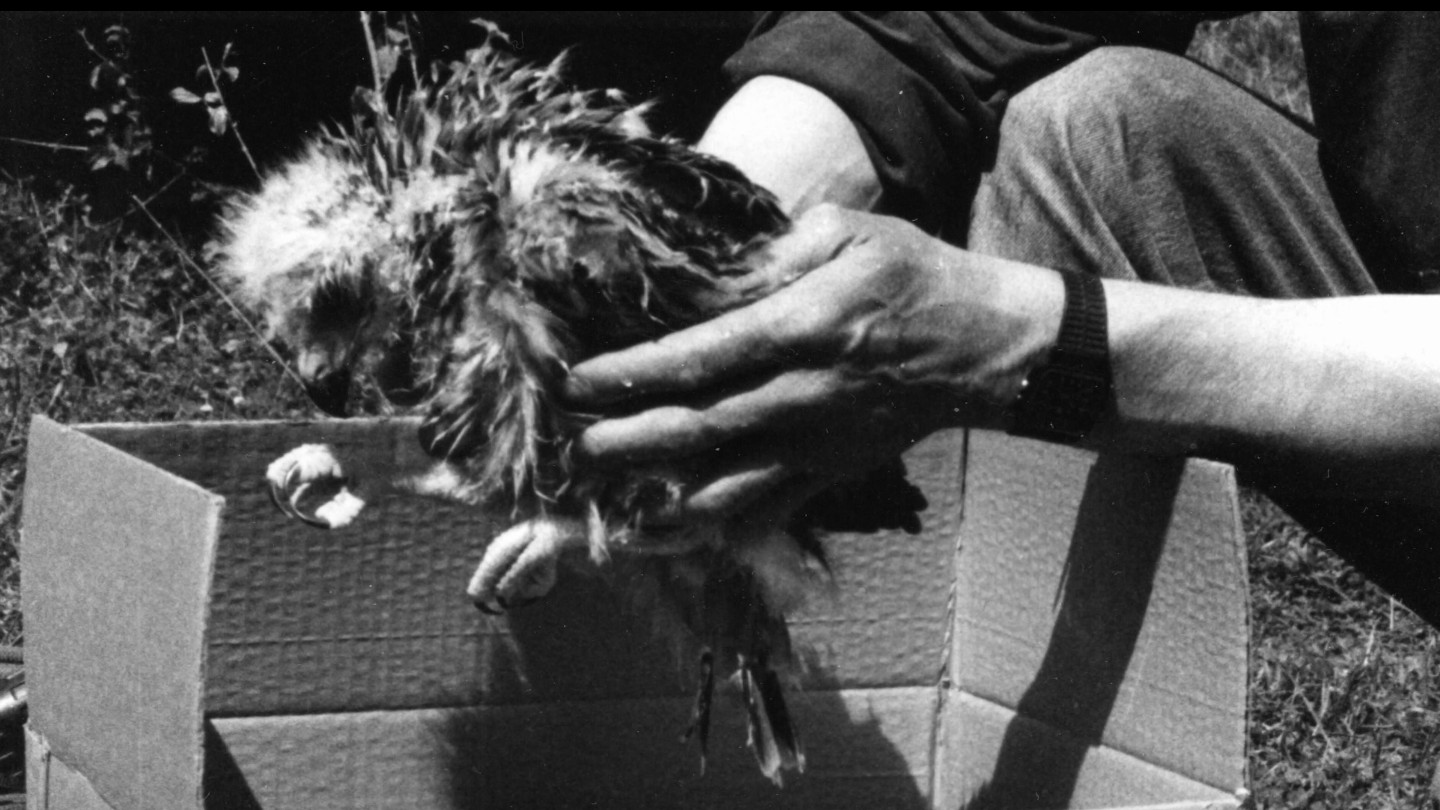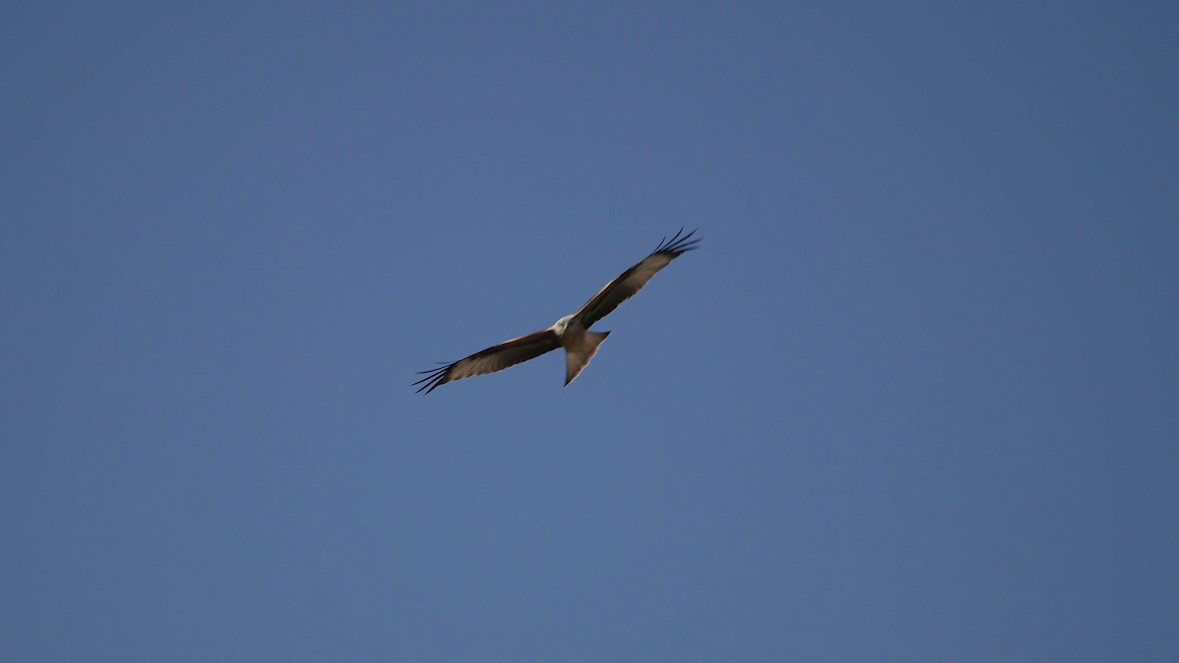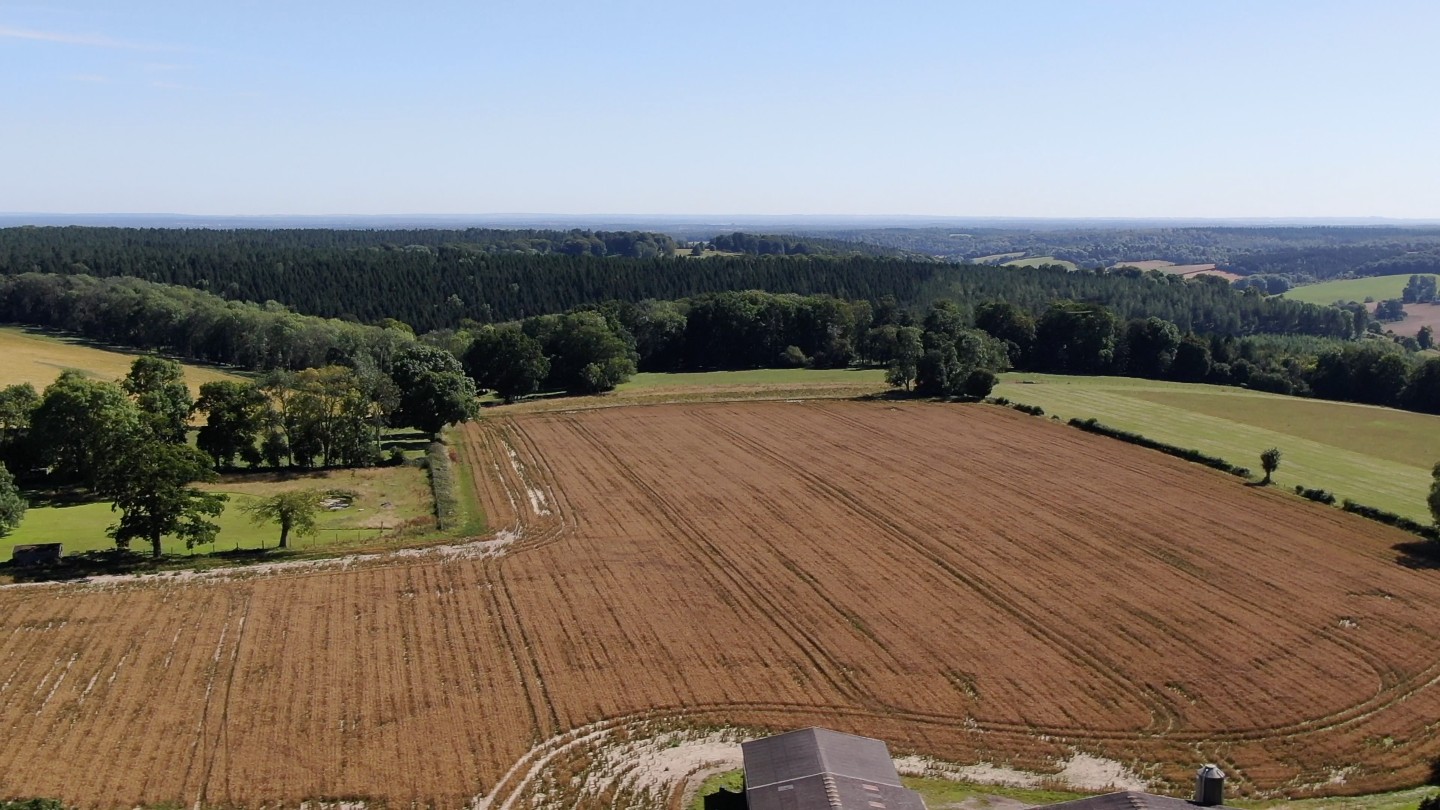03:59

The red kite, with its distinctive russet-coloured feathers and forked tail, circles around in a clear blue sky on a late summer's afternoon, soaring effortlessly on thermals, as it scours a recently harvested field for its next meal.
These large birds of prey are easy to spot in the Chilterns Hills in Buckinghamshire, England and their calls echo around the valleys.
But 30 years ago, these hills were silent to their cry. Despite having a presence in the English countryside for 1,000 years, the red kite was relentlessly hunted throughout Victorian times to the point of virtual extinction.

In 1990, 13 breeding pairs of red kites were sent to the Chiltern Hills from Spain to boost numbers – now there are at least 1,800 pairs living across the UK. / Natural England
In 1990, 13 breeding pairs of red kites were sent to the Chiltern Hills from Spain to boost numbers – now there are at least 1,800 pairs living across the UK. / Natural England
Now, the species is thriving again, thanks to a remarkable conservation project initiated by the Royal Society for the Protection of Birds (RSPB), the government advisory group Natural England, the Chilterns Conservation Board and other support groups.
In the summer of 1990, this partnership arranged for 13 breeding pairs of red kites to be shipped to England from Spain and released in the Chiltern Hills. Red kite numbers have since grown to around 1,800 pairs all over England. That makes up an estimated 10 percent of the global population of the species.
"It was a fantastic moment 30 years ago, that the people behind this project, all of them – from charities, to communities, to local government bodies – worked together to bring back this species," says Jeff Knott, operations director for the Royal Society for the Protection of Birds (RSPB) in Central and Eastern England.

Red kites were close to extinction 30 years ago, but a special conservation project spanning three decades has boosted population numbers. /CGTN
Red kites were close to extinction 30 years ago, but a special conservation project spanning three decades has boosted population numbers. /CGTN
"The recovery of the red kite is probably the biggest success story we have in the UK. And I'm so grateful that we have that shining beacon of hope, because it shows what can be done when we all work together. The challenge, of course, is ensuring the red kite isn't a lone beacon of success."
Read more: Locusts movements slowed in southwest China
Conservationists credit some of that success to the environment hosting the modern red kite. The Chilterns, a designated area of outstanding natural beauty, are covered with ancient woodland, an ideal refuge and nesting place, as this spectacular bird recovers its numbers.
"The first thing is that red kites are a very adaptable species, so they've been able to live very successfully in our modern farmed landscape," added Knott. "And that's something that wasn't a guarantee when the project went ahead.

The Chiltern Hills provide the perfect habitat for red kites to thrive, while legal protection for birds of prey has reduced the persecution of the species./CGTN
The Chiltern Hills provide the perfect habitat for red kites to thrive, while legal protection for birds of prey has reduced the persecution of the species./CGTN
"In the past 30 years or so, we've had full legal protection for birds of prey, including red kites, and it's helped reduce the persecution of the species and enabled them to come back."
So, how secure is the future of the red kite now? Nick Marriner, of the Chilterns Conservation Board, says the key to protecting the species lies in preserving the environment.
He said: "The answer really lies in broader habitat management, so the way our woodlands are managed, the way our grasslands are managed, the way our wider countryside is managed, and thankfully in the Chilterns they've got a lot of the habitat they really like – it's a fantastically wooded area, lots of arable farm, lots of farmers who are supportive of the work."
While red kites can be spotted elsewhere in England these days, the people of the Chilterns are proud of what has become an iconic bird for the area. But the hope is that red kites will continue to grow in numbers and spread their wings even further afield.
Read more: A remarkable comeback: The captive breeding progress of crested Ibis